This post by Senior Literacy Manager Katie Potter originally appeared on Reading Is Fundamental. Register for the Every Book is a Multilingual Learner Book webinar on Wednesday, October 16th at 7pm ET to learn even more strategies!
Picture Books are powerful tools. They’re an excellent resource that help celebrate the voices and cultures of multilingual learners’ lived experiences while also affirming and validating children’s identities. When students speak a variety of languages in your classroom, students’ comfort and engagement with the story are paramount. There is no better feeling when students are all gathered around a book, sitting on the edge of their circle spot, enthralled with every word.
MLs are defined as developing proficiency in multiple languages, according to the University of Wisconsin-Madison (WIDA, 2024). There are many benefits to learning different languages, including higher executive functioning skills (AIR, 2022).
When we select a read-aloud for our literacy block, we want to make sure that we’re emphasizing ML students’ strengths by building on and using their prior background knowledge and interests to provide that connective thread.
Selecting a read-aloud, particularly when you have MLs who speak different languages, can prove challenging. How can we make sure that we’re accommodating all of our students while also providing critical learning opportunities and meeting ELA standards? It’s a lot of pressure!
Thankfully, we’ve acquired tips and strategies over the years at Lee & Low Books from our authors, editors, librarians, educators, and caregivers. These are some common themes that emerge:
- Common concepts (foods, family structures, weather) are meaningful to children
- Opportunities for engagement create connection (acting out, talking with a partner, even if it’s just a few words)
- Clear, coherent illustrations and text are key
After you’ve selected the read-aloud, these are some tips to use throughout the story with your MLs:
- Introduce key vocabulary words before the story (different nouns, verbs, adjectives)
- Create individual picture cards of main vocabulary words in the story (fruits, vegetables, etc.)
- Connect to students’ home language: names of family members that they enjoy spending time with, names of fruits and vegetables that they see at the market, in their home, or in other settings
Additional Resources & Collections
Lee & Low Dual Language English & Spanish Titles
COLLTS Early Childhood Resource
Bebop Books Early Readers (Independent Reading Texts in English and Spanish)
As you think about building your classroom book collection, check out some of our bestselling recommended titles for MLs:
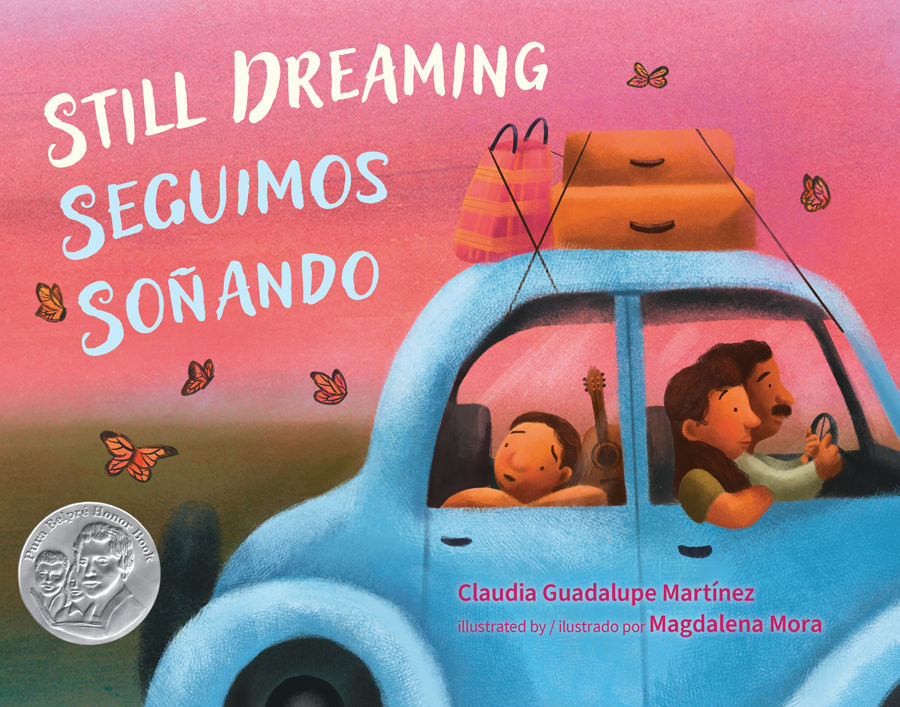
(Bilingual English/Spanish text)
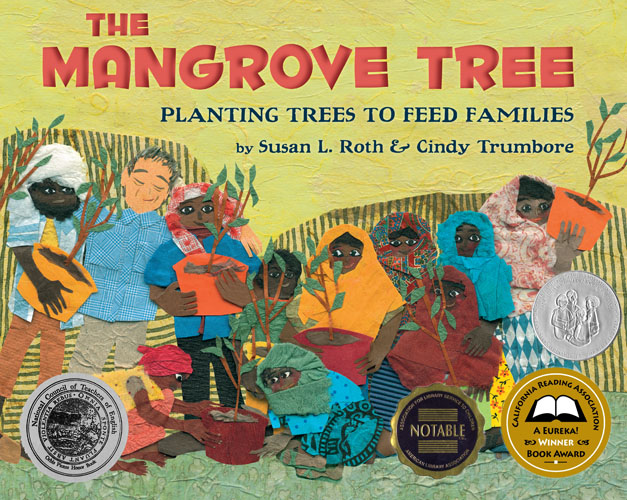
(differentiated parts of text, Dual Language English and Spanish nonfiction)
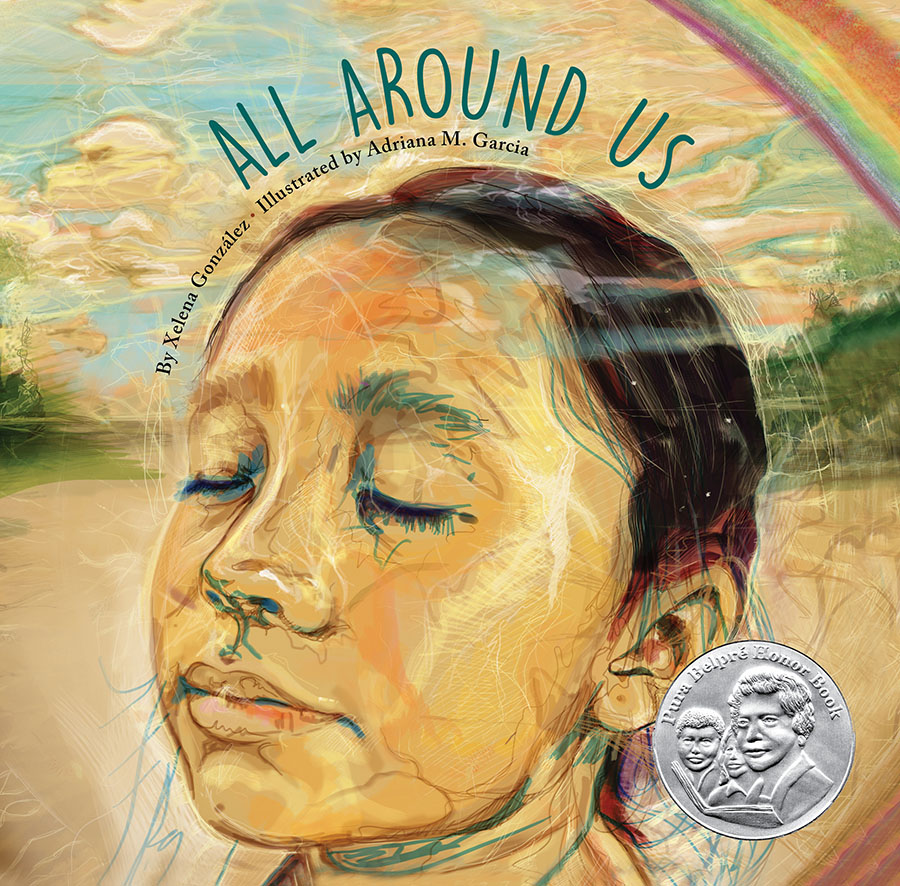
(Dual Language English and Spanish fiction)
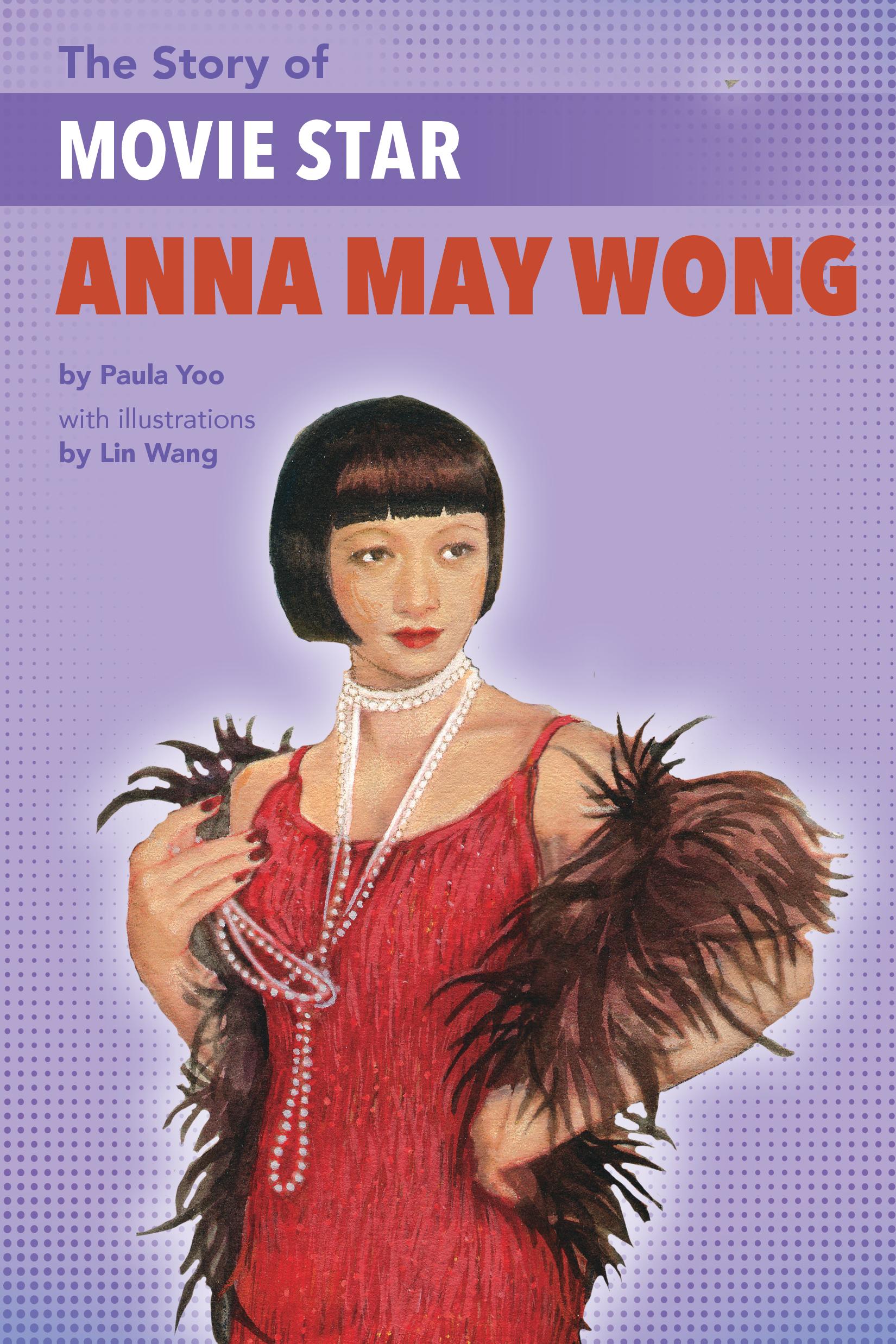
(Dual Language and Spanish nonfiction)
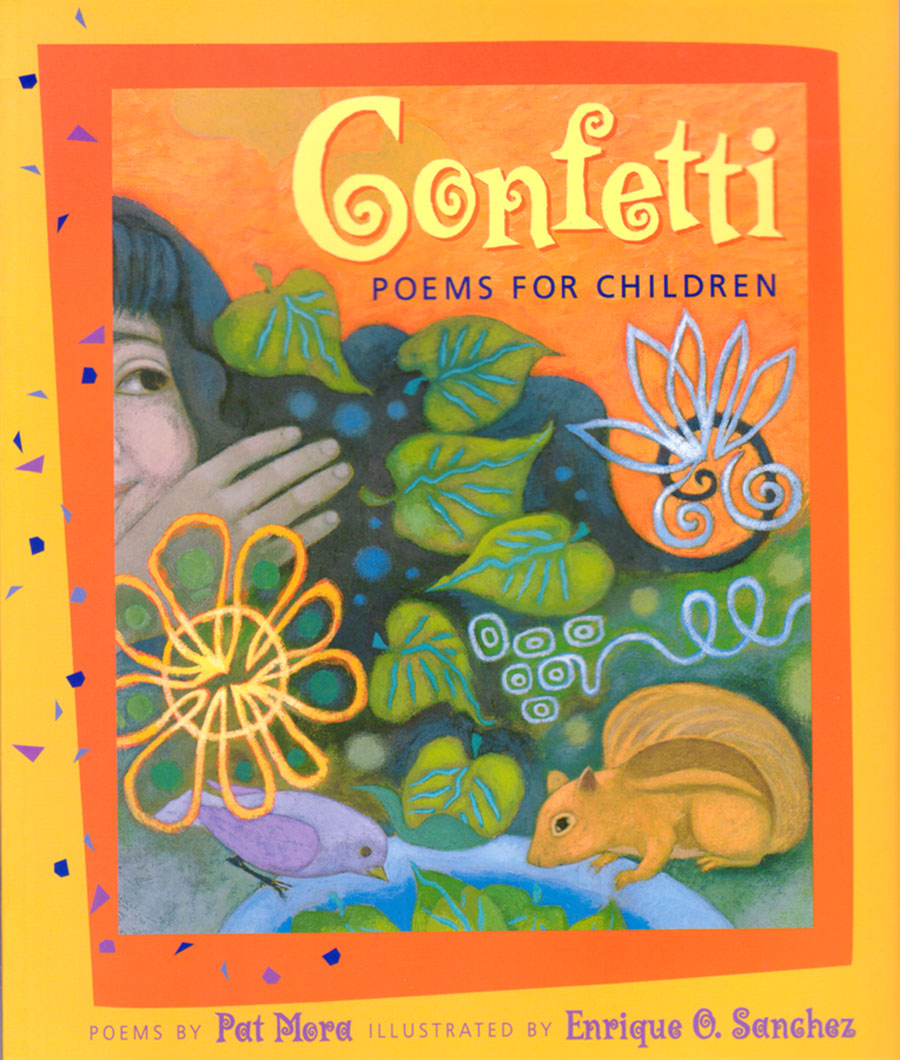
(Dual Language English and Spanish poetry)
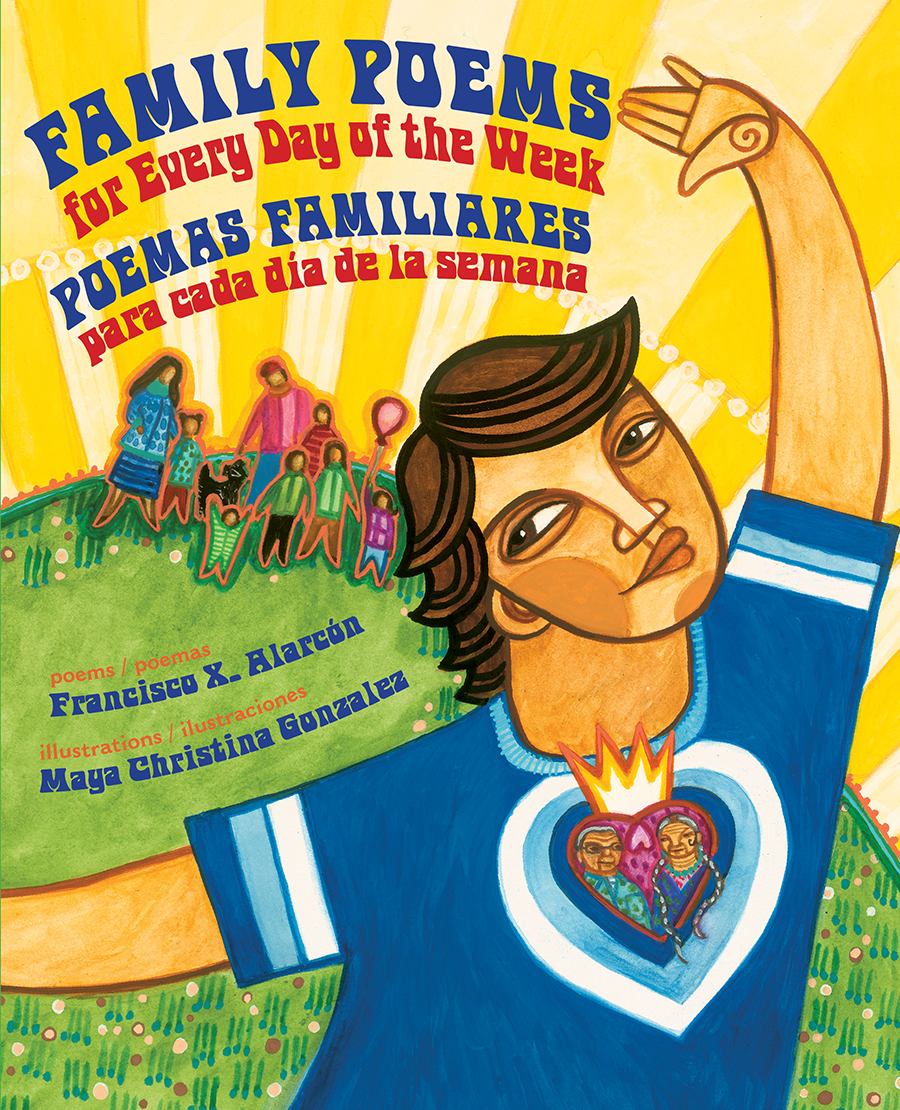
(Bilingual English/Spanish poetry)
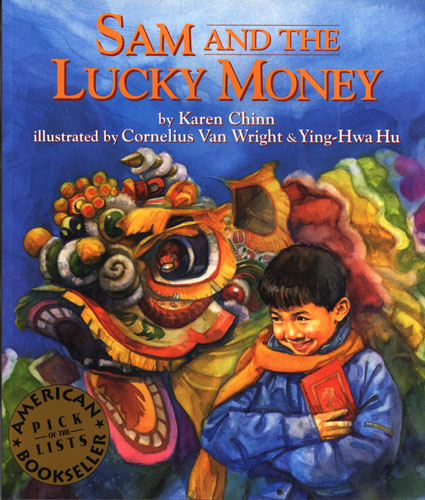
(Dual Language English and Chinese fiction)
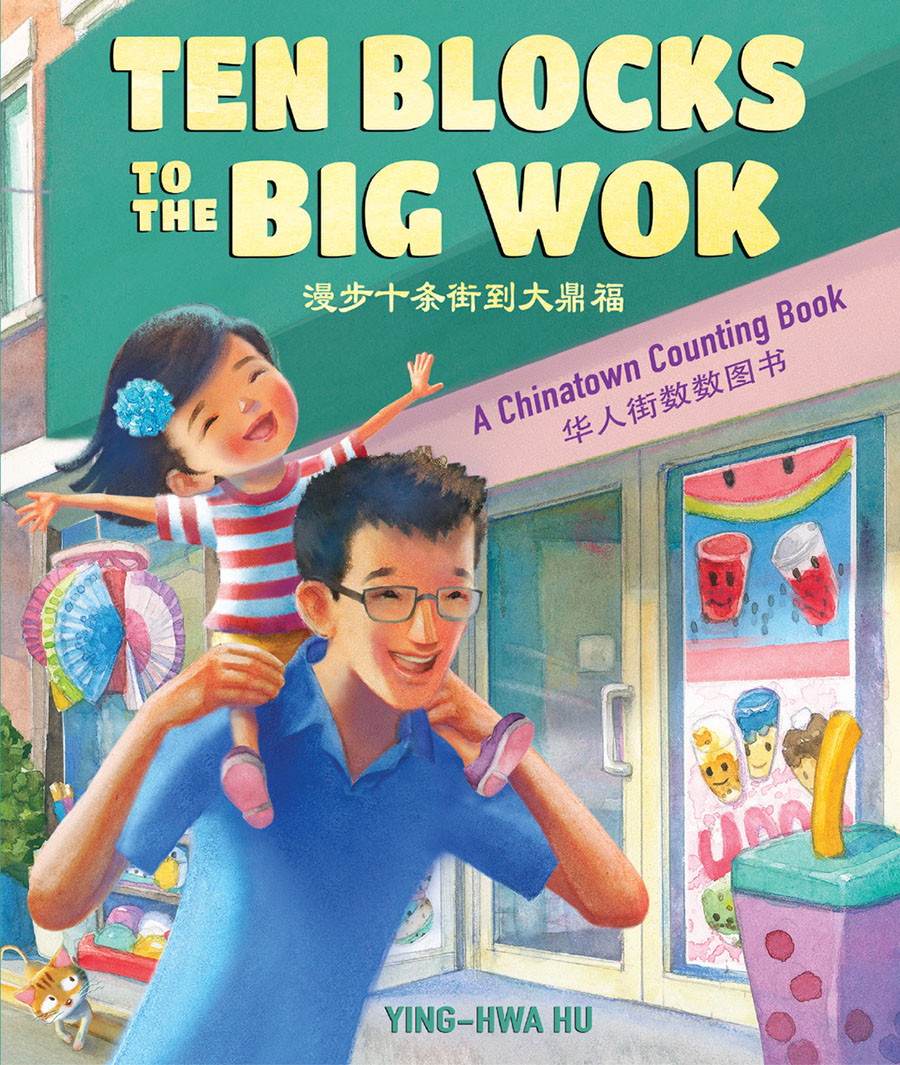
(Bilingual English/Chinese)
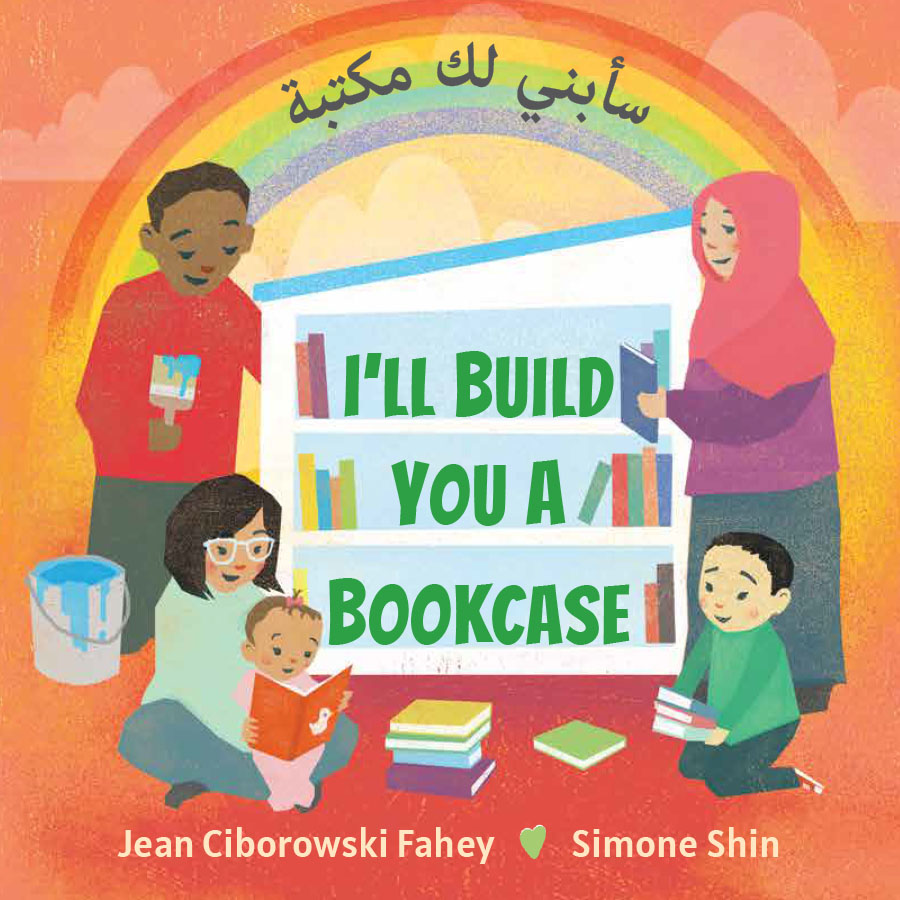
(Bilingual English/Arabic)










